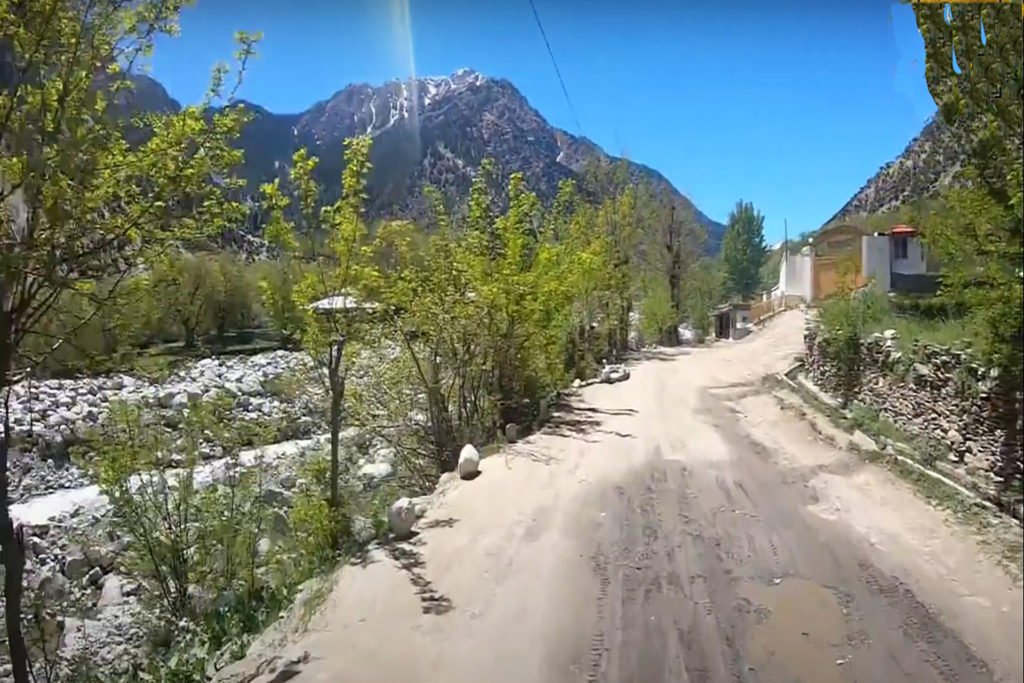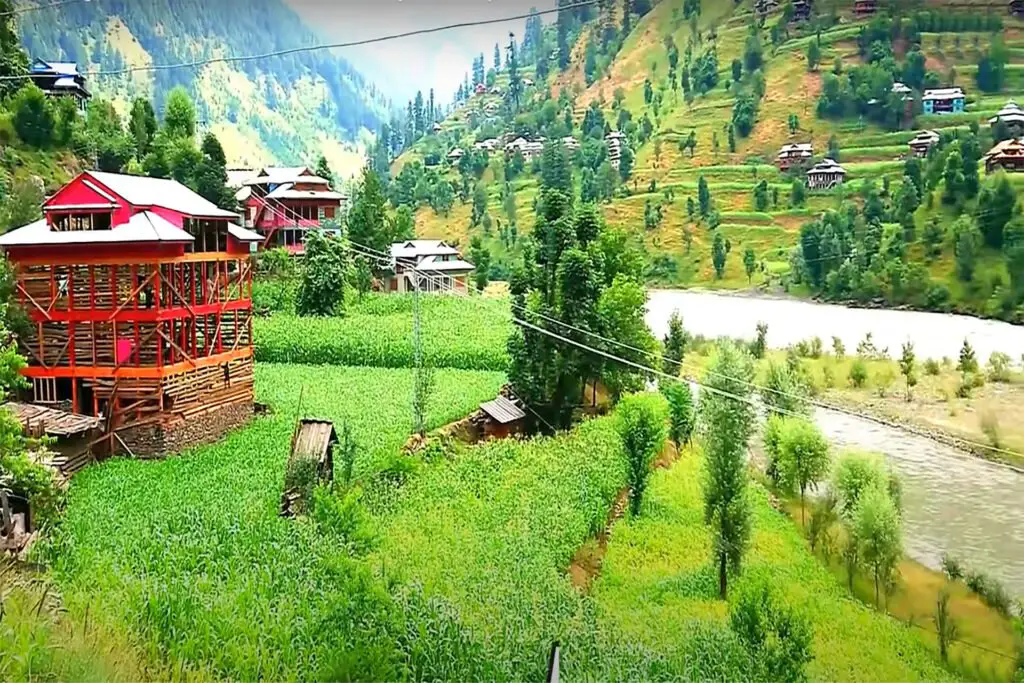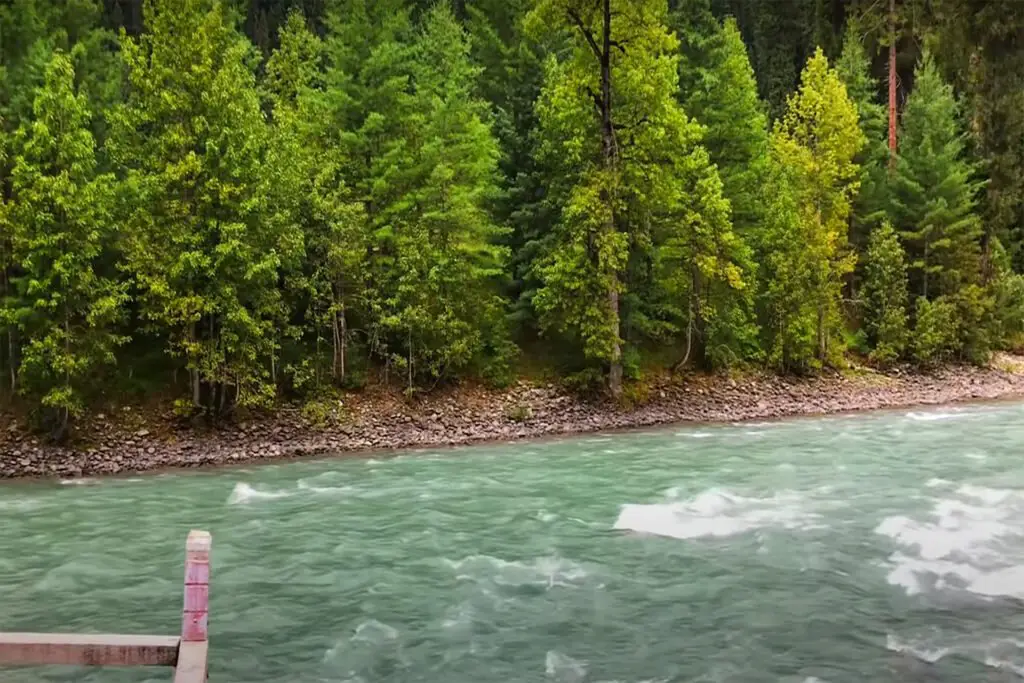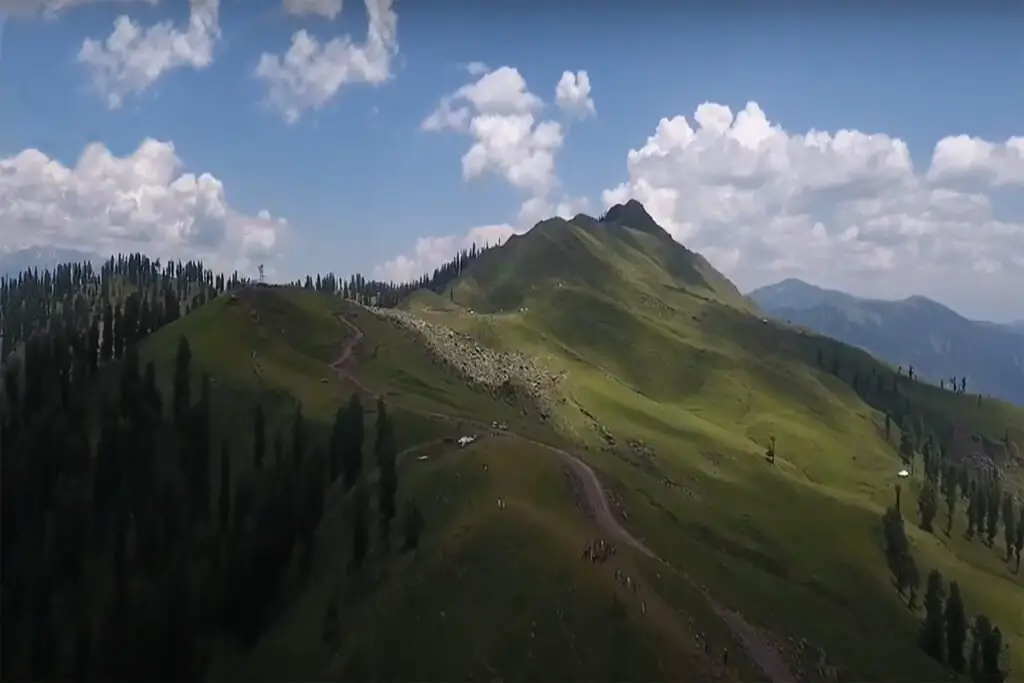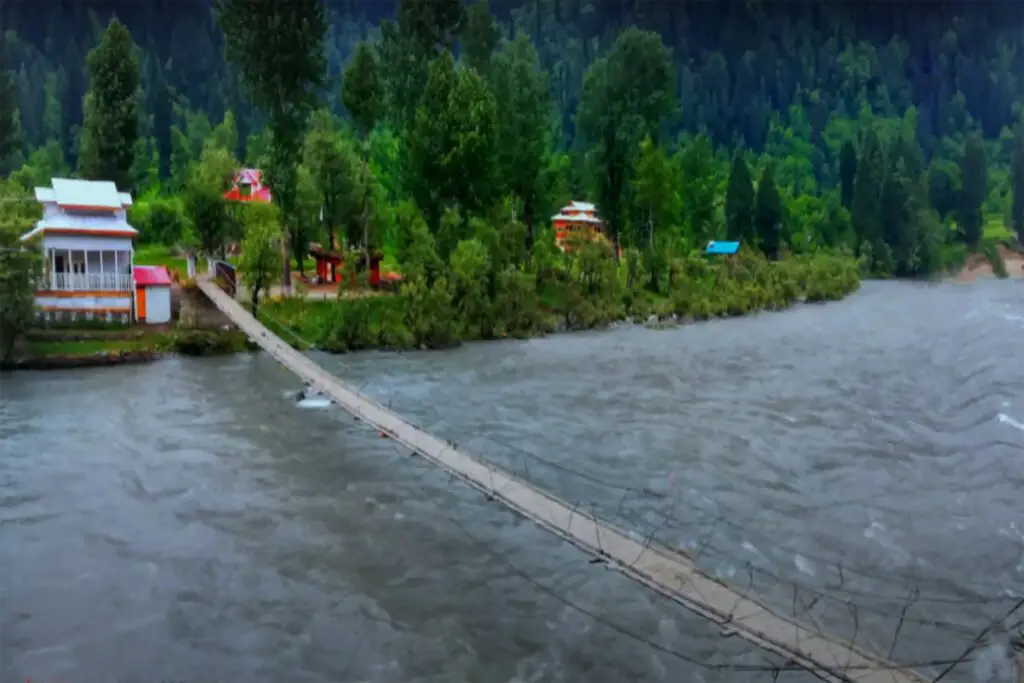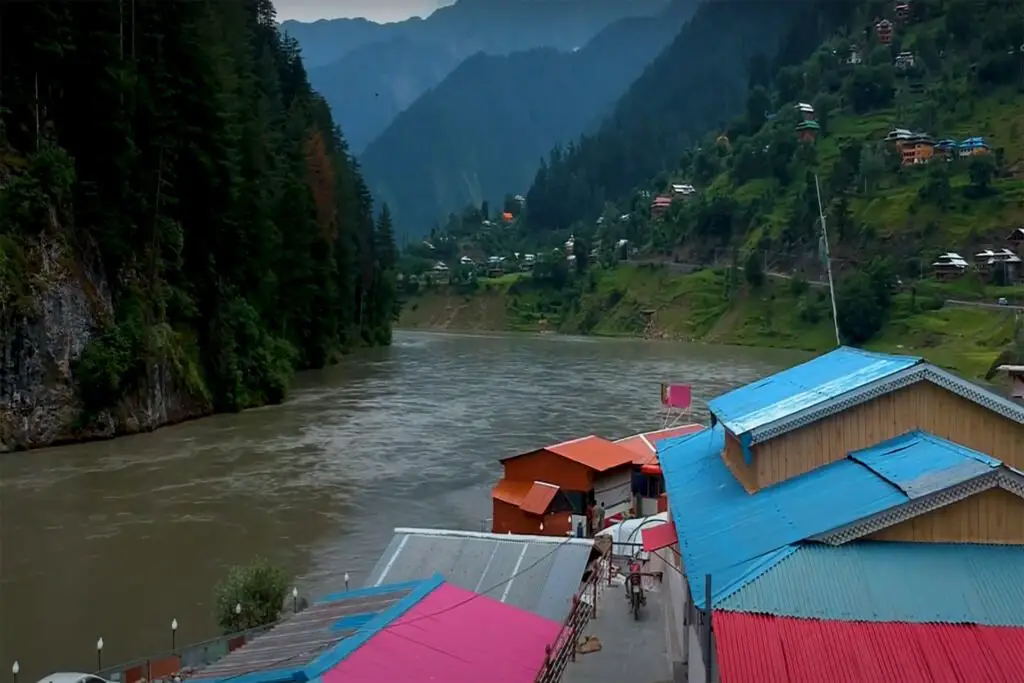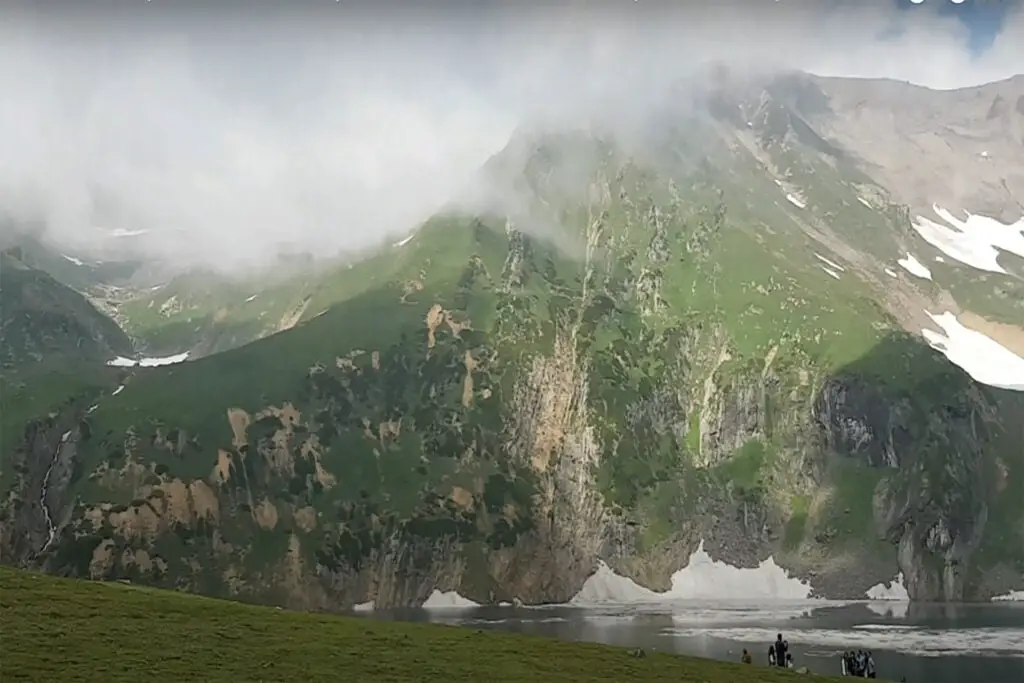The Kalasha Valley, located in the Chitral district of northern Pakistan and surrounded by the Hindu Kush mountain range, is home to the Kalash people. This distinct community boasts a unique culture, language and religious practices linked to its natural environment, including mountains and rivers.
As the only pagan minority in the Chitral district of Khyber Pakhtunkhwa province, the Kalash represent the smallest non-Islamic community in Pakistan.
Once a large population of around 200,000, the Kalash community has declined drastically, down to just 3,000 to 4,000 people. The main reason for this rapid decline is the forced conversion of infidels to Islam.
Even today, this small unbeliever minority struggles with limited identity and rights, existing without recognition as a separate entity. Only a few international Non-Governmental Organizations (NGOs) are engaged in development and development efforts of this community and its region.
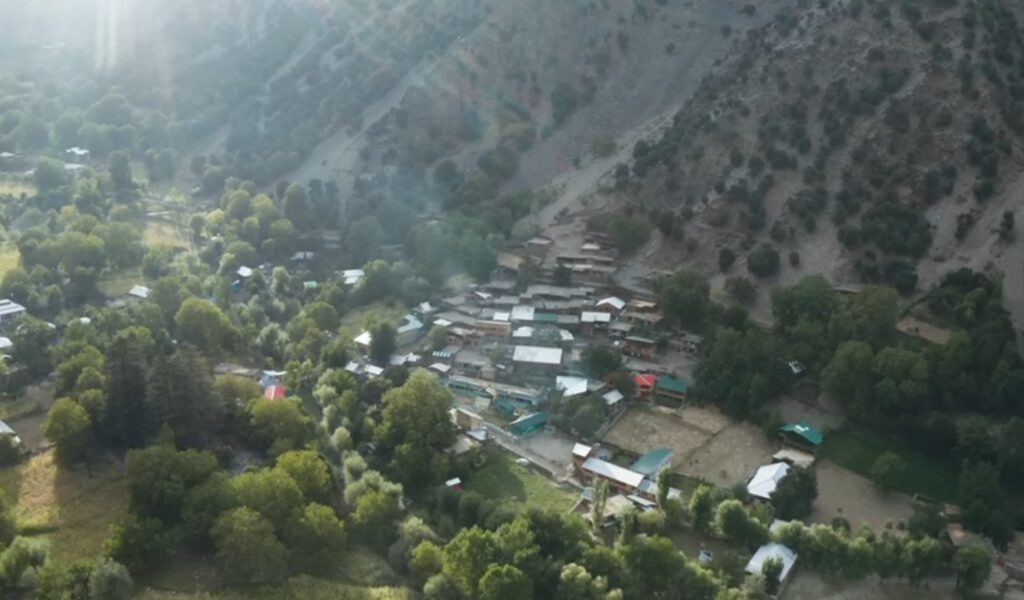
The Kalash live in three valleys within Chitral: Rambar, Brimbert and Barrier. The Rumbur and Brumbret share very similar cultural practices, forming a cohesive culture, while the Birir, known for their deep traditional roots, form a separate culture with distinct customs and traditions. Is.
Among these valleys, Mumuret is the largest and most populous, accessible by road from Avon in the Kannada Valley. Rambar, located north of Bomburt, serves as a side valley. Meanwhile, Berio (Barrier) lies as a side valley of the Kannada valley, which lies south of Bomburit.
Characterized by fair complexion, golden brown hair and blue eyes, Kailash exhibits various physical characteristics.
History
The origin of the Kalash remains an unsolved mystery, shrouded in theories, mysteries and controversies. Among several hypotheses, three are of considerable importance and are considered to be the closest to reality.
The most prominent belief among the Kalash is their romantic story of descent from Alexander the Great. On the contrary, many historians suggest that they are natives of the neighboring Nuristan region, once known as Kafiristan (Land of the Infidels).
Historically, it is believed that in 1895, Amir Abdul Rahman, the king of Afghanistan, conquered the Nuristan region, and forced the people here to convert to Islam. Consequently, many fled to Chitral to escape forced conversion.
A third theory suggests that the ancestors of the Kalash migrated from a distant place in South Asia called Tsiam, which they considered their traditional homeland. Kalasha folklore, songs, and stories refer to Tasim, indicating a connection and roots within the region.
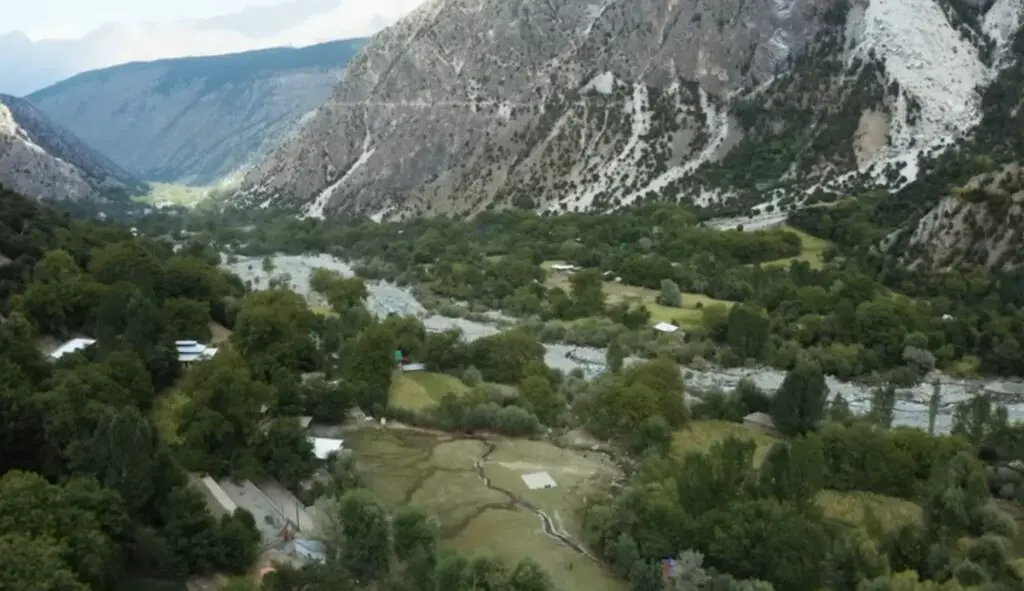
Language
The primary language of the Kalash people is Kalasha, classified as a Dardic language, a subset of Indo-Aryan languages prevalent in northern Pakistan, eastern Afghanistan, and Azad Jammu Kashmir.
Spoken by about 5,000 people, the Kalasha language faces a serious threat, recognized by UNESCO. Interestingly, the language lacks a formal script, although there have been recent attempts to introduce a systematic writing system for Kalasha.
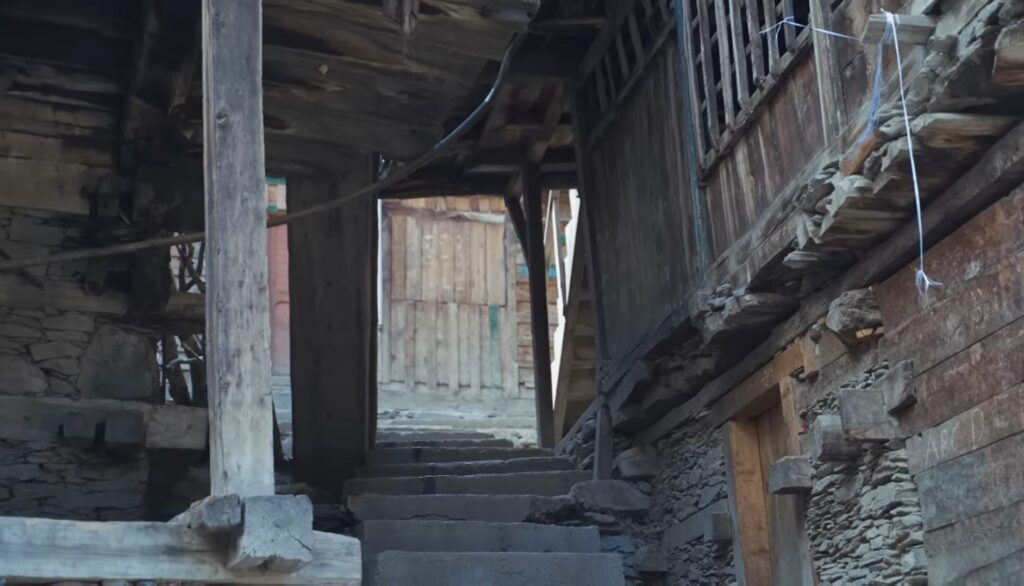
Traditions & Religious Beliefs of Kailash
The Kailash hold their religious beliefs with great devotion, to the extent that they sever ties with those who convert to Islam, preventing them from continuing to join their community. This commitment underlines their strong identity.
Distinct from surrounding communities in many ways, Kalash society lacks strict segregation between the sexes. Men and women communicate and communicate freely without restriction.
In addition, Kalash women undergo a practice known as bishalini, retreating to certain places during times considered impure, such as childbirth, until they perform rituals to signal a return to a state of purity. Don’t skip the rituals.
Kalash women’s clothing consists of long, black, loose-fitting dresses adorned with vibrant embroidery and kuri shells. Colorful beads and necklaces further distinguish their attire from that of the women of the wider Chitral region. Completing these ensembles are intricately woven, tall headpieces. In contrast, Kalash men usually wear shalwar kameez, the national dress of Pakistan, often paired with waistcoats and hats typical of the northern Pakistani region.
The Kalash people have customs and traditions that are in stark contrast to neighboring cultures, especially regarding marriage. Elopement is also common among married women in the Kalash Valley and is considered a significant practice in their society.
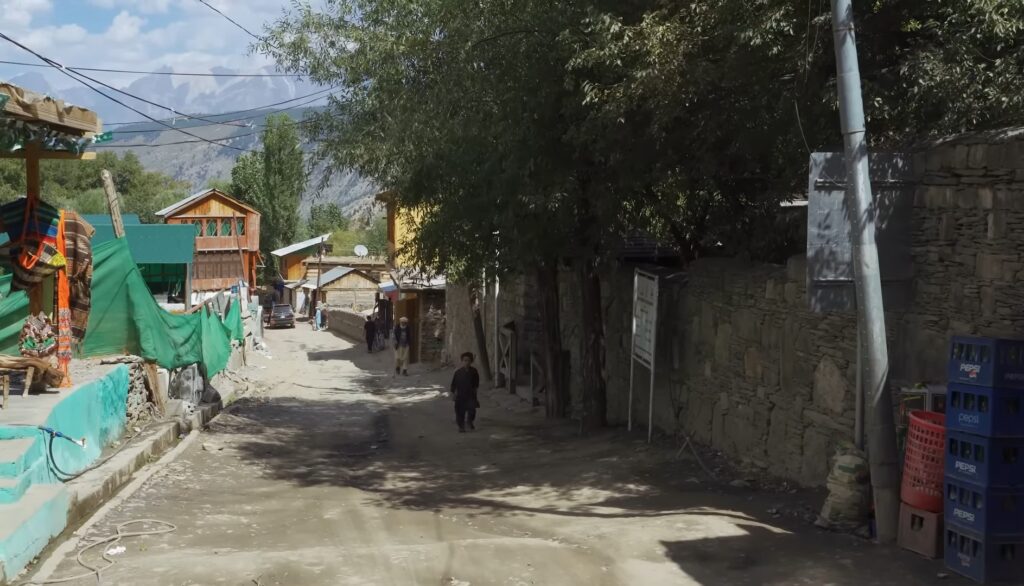
When a man and a woman marry, the man pays the woman’s family a certain amount to have her. When a woman wants to leave her current husband and marry another man, she offers herself to that man and tells him how much her current husband paid for her. In order for a man to marry an already married woman, he must pay double the amount for her.
The religion of Kalashi People
The Kalash follow a polytheistic belief system, worshiping 12 gods and goddesses. World renowned linguist Richard Strand believes that their religious practices derive from an ancient strain of Hinduism that developed locally, influenced by the neighboring regions of pre-Islamic Nuristan.
Among their pantheon, they revere Yama Raja, also known as Dezau, and the creator god, Godhead. Balumin holds significance as a cultural hero who imparted knowledge to the Kalash on celebrating the winter festival. Additional deities in their belief system include Dastak, Manjum and Dazlak.
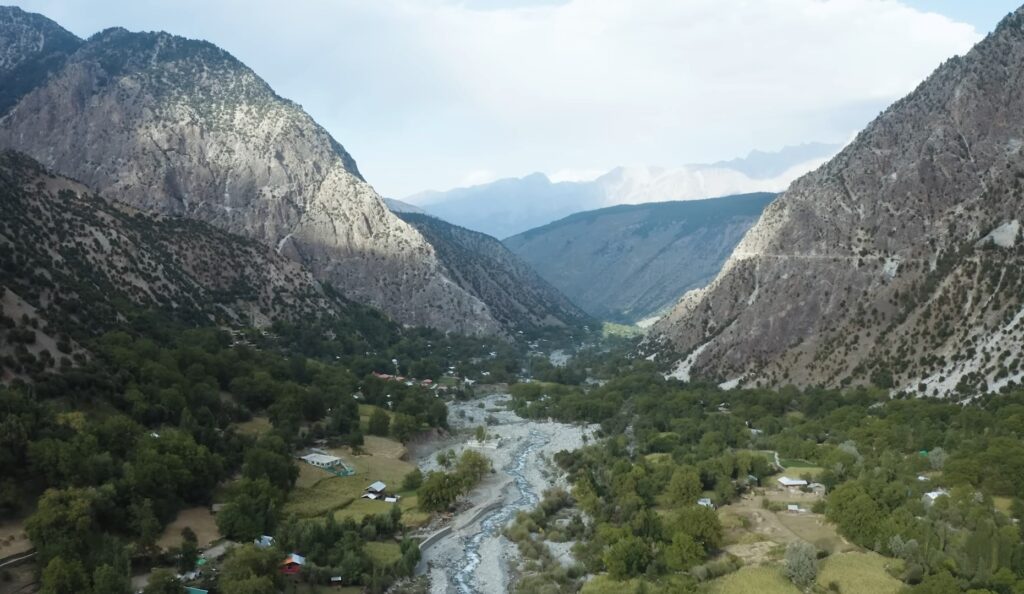
Tourist Attractions in the Kalash Valley
The Kalash Valley offers unique attractions centered around immersing yourself in the Kalash culture.
Cultural Museum:
Start your exploration with a visit to the Kalasha Dar Museum in the Bomburt Valley. This fascinating cultural museum serves as a comprehensive starting point to acquaint yourself with the basics of the Valley’s heritage.
Embrace local life:
Outside of festival times, the valley does not boast of traditional tourist attractions. Instead, it invites visitors to enjoy the tranquility of nature and engage with local people. Take leisurely walks, strike up conversations, and soak up the essence of their culture, preferring to understand the sights more than the tick-tock.
Religious Rituals:
Study the rich tapestry of Kalash religious rituals, which play a role in boosting economic activity through gift-giving festivals. The valley is dotted with shrines and altars dedicated to numerous gods and goddesses, often witnessing goat sacrifices. Crows, considered ancestors, receive offerings at graves. In unique funeral rites, leaving the casket outside symbolizes the departure of the soul and the reunion with the dead, which is celebrated with joyous singing and dancing rather than mourning.
Local Guides:
Enhance your experience with local guides who intimately understand the valleys and their cultural intricacies. A UNESCO training initiative has equipped a cadre of Kalash guides, promoting responsible and culturally sensitive tourism. The availability of both male and female guides offers a diverse perspective on the region’s heritage.
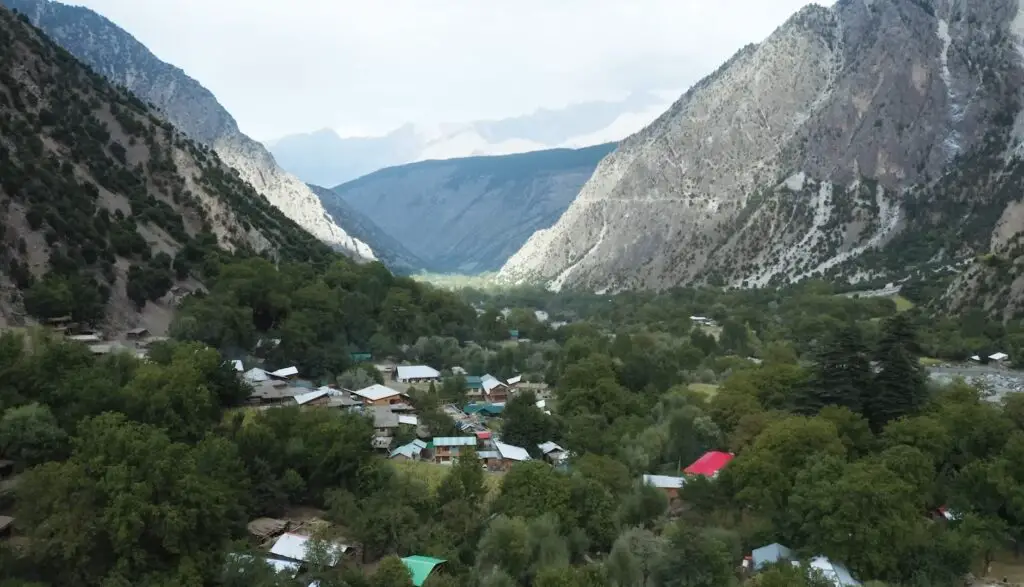
Chilam Joshi Festival in Kalash Valley
The Kalash Valley hosts several vibrant festivals throughout the year, with three major celebrations standing out:
- Joshi (Chilam Joshi): This festival, observed in May, heralds the arrival of spring. Participants don new attire while women adorn themselves extensively. Young girls venture to the hillsides, engaging in lively dances and songs. Homes are adorned, and milk is collected from cattle. An essential ritual involves purifying one-year-old infants and their mothers during this festive occasion.
- Uchau (Uchal Festival): Taking place in mid-August at the Mahandeo altar, Uchau revolves around the presentation of freshly made cheese from the pastures. Festivities include spirited dancing and singing, adding to the festival’s vibrant atmosphere.
- Caumus: Considered the paramount celebration, Caumus occurs in mid-December.
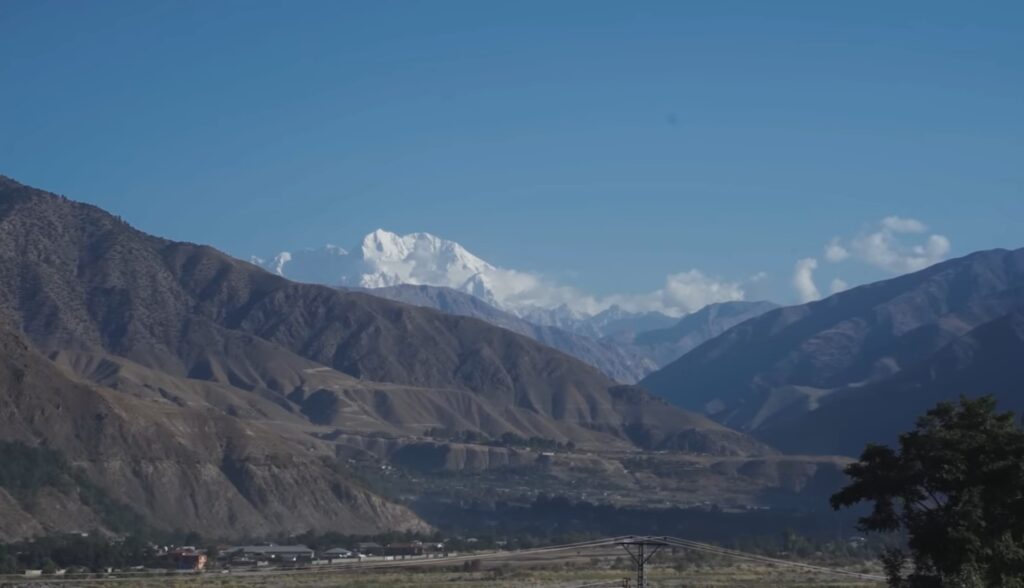
Conclusion
The Kalash people possess a remarkable culture that significantly distinguishes them from other tribes, cultures and communities of Pakistan. Their unique traditions, religious rituals and vibrant festivals set them apart.
The Kalash Valley itself contributes to this allure with its serene beauty, lush green valleys and fruit orchards. It serves not only as an attractive destination but also as a center of cultural diversity and religious importance. However, despite these positive aspects, the valley suffers from a lack of development and investment in its tourism potential.
Discrimination against the Kalash Valley manifests itself in various forms, affecting economic development and their distinct religious identity. The region’s inadequate infrastructure isolates it from wider connectivity, contributing to its underdevelopment.
Realizing the Kalasha Valley’s full potential requires a concerted effort for development and outreach. Investing in infrastructure, promoting tourism, and growing the region’s economy can open up opportunities for development not only economically, but also to preserve the unique heritage and culture of the Kalash people.

